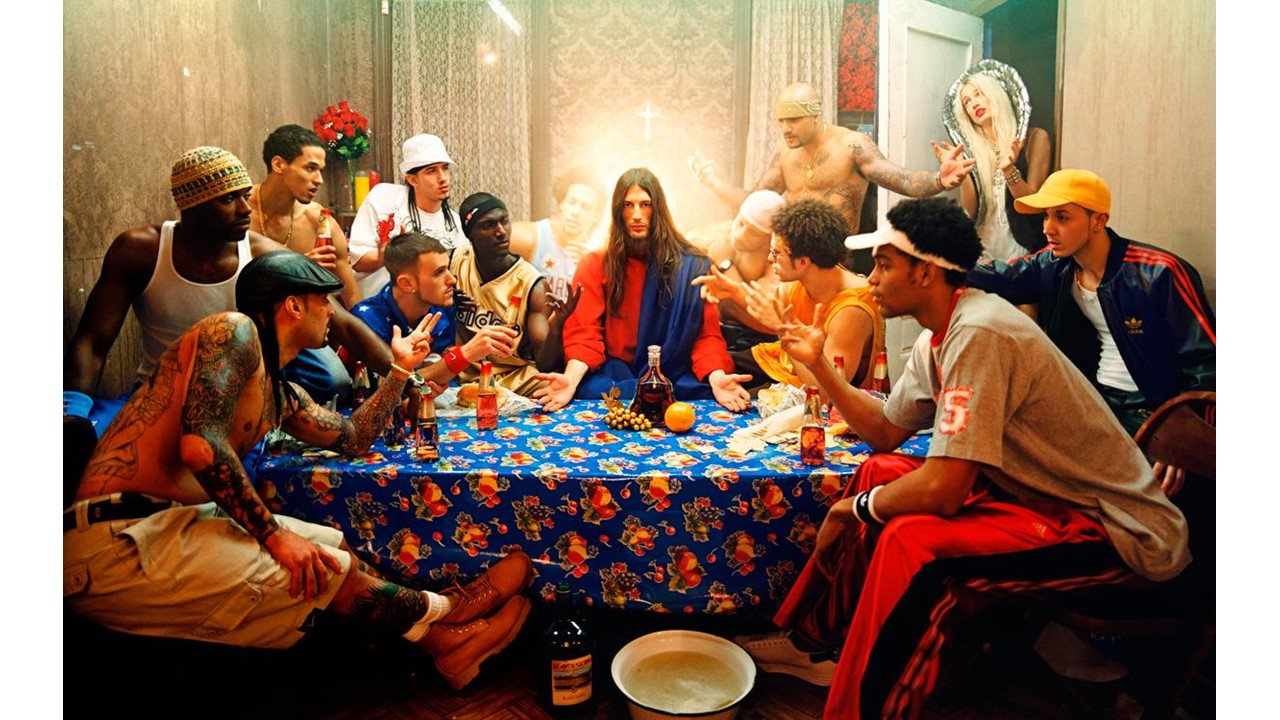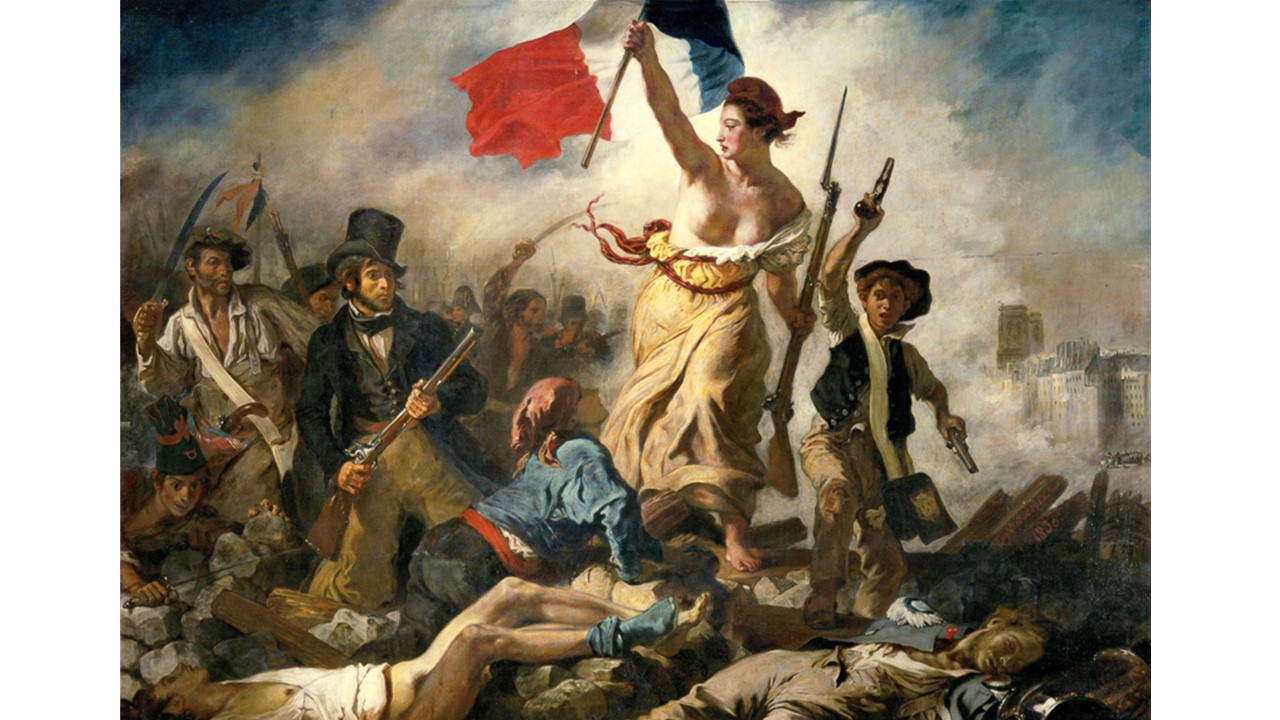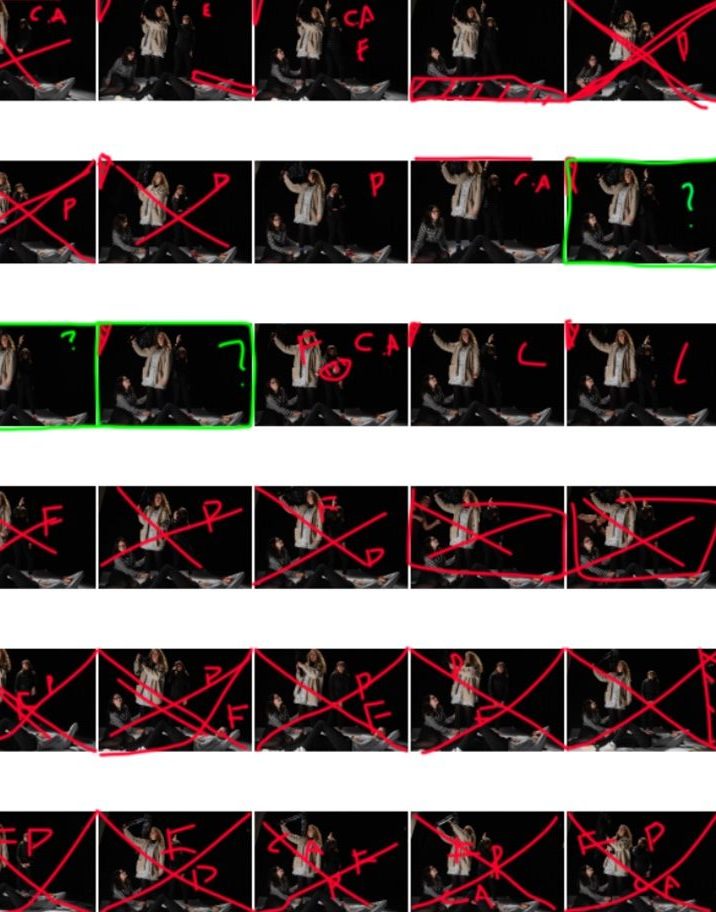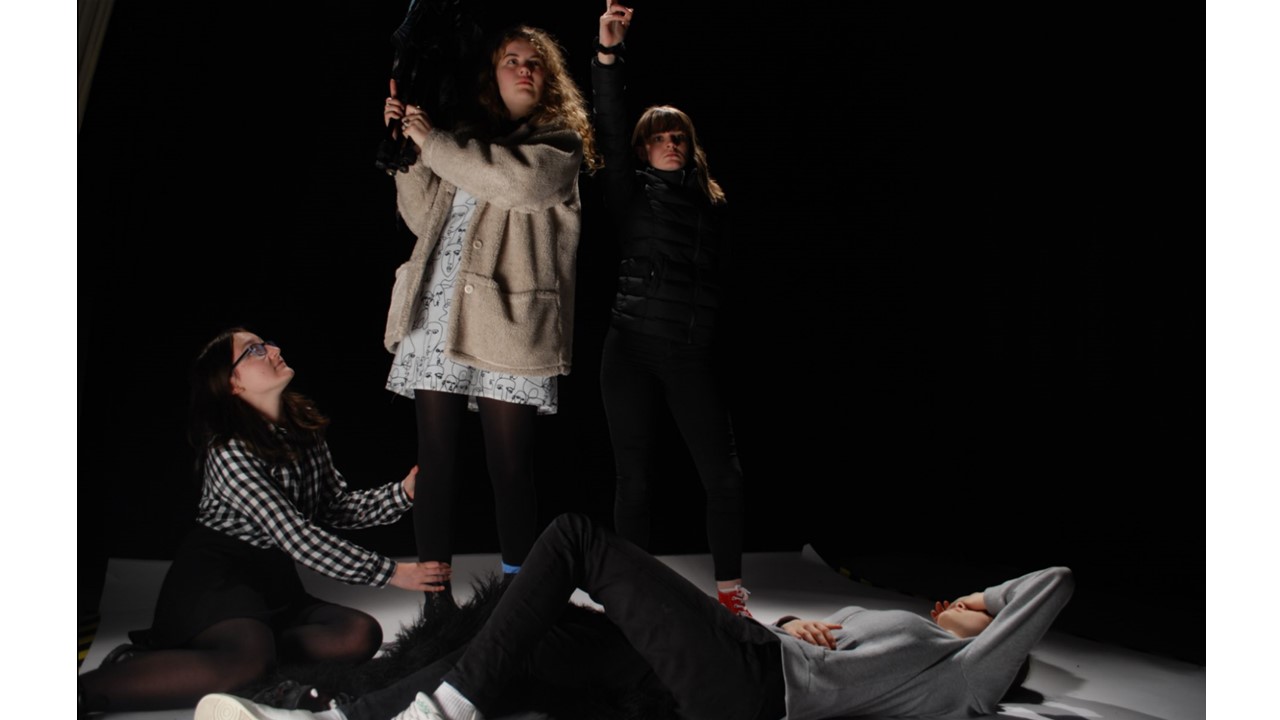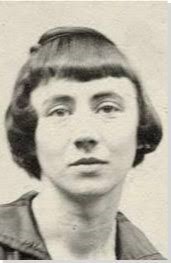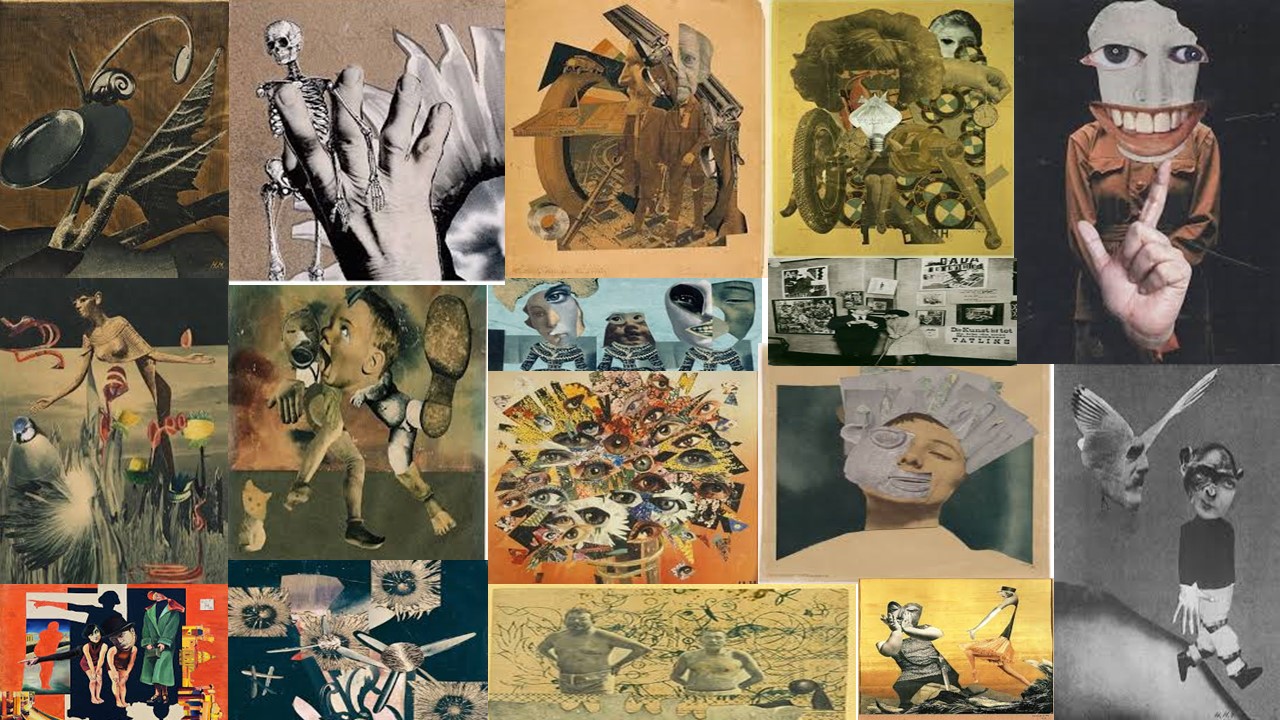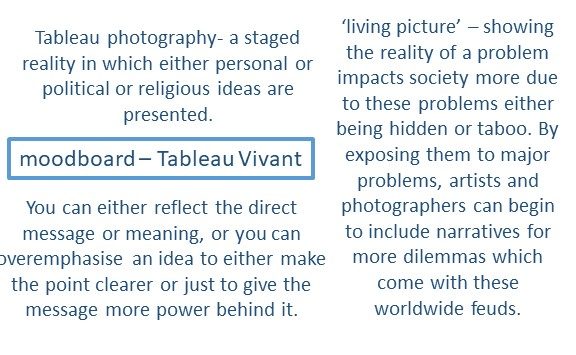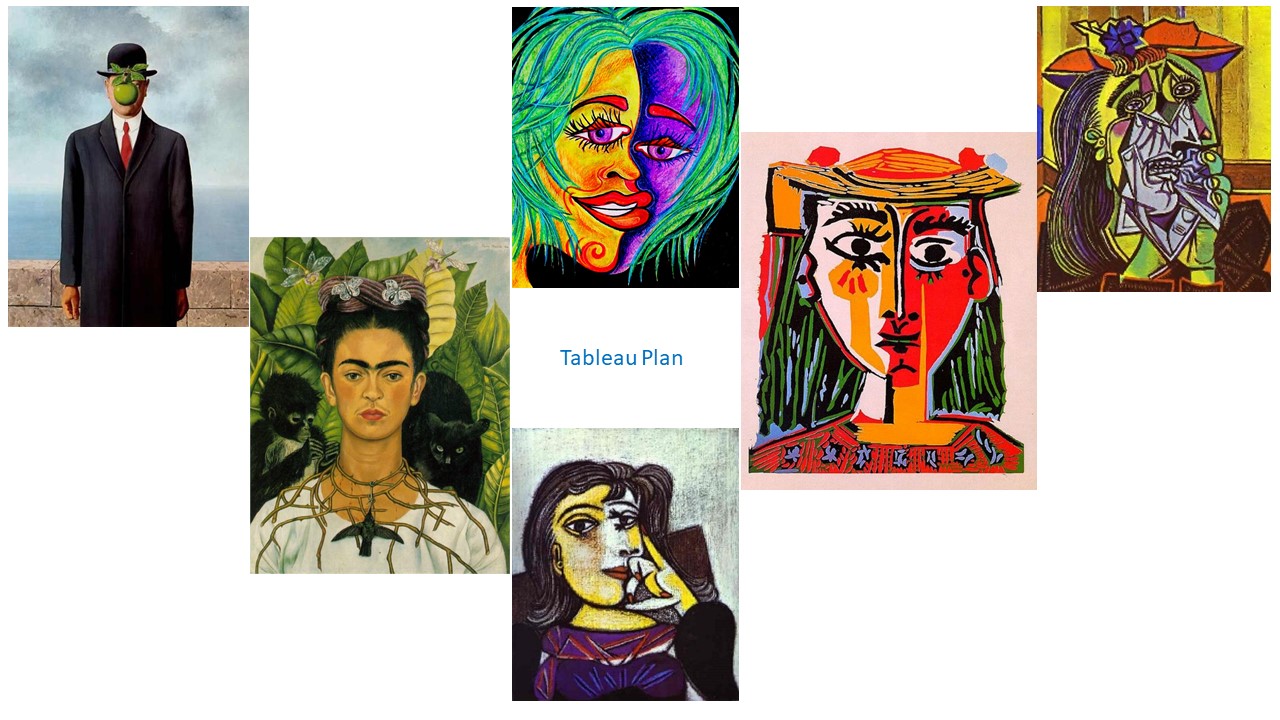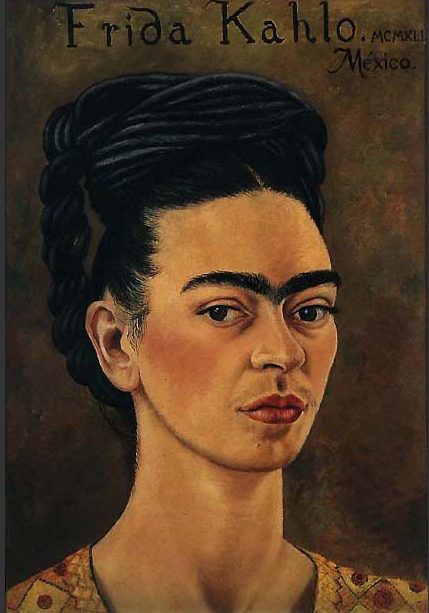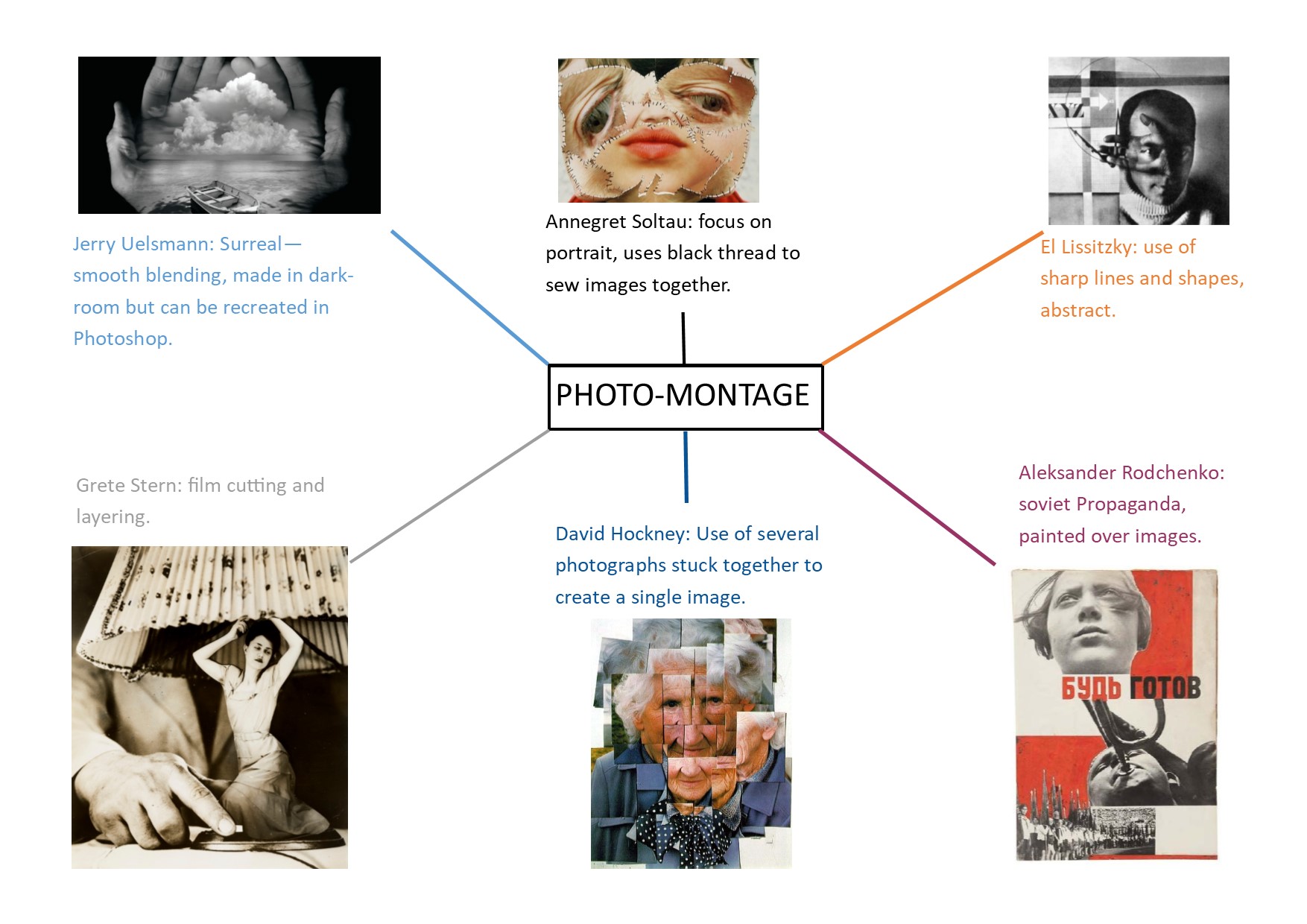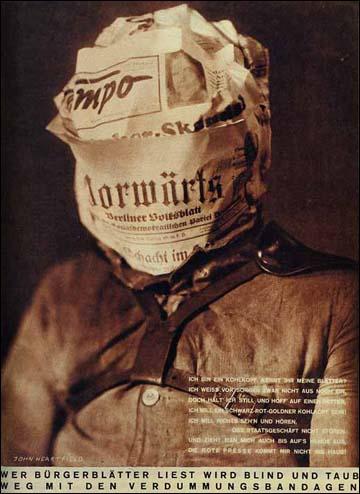WHO – this is a recreation of Arnis Balčus’ work, using my own model in order to take form of the little boy
WHAT – the main objective of this photo shoot is to recreate and understand how Balčus creates his work and the symbolism which he chooses to include and adapting the environment and resources I have in order to recreate the photo in a similar way.
WHEN – the image was taken during mid day as I figured this would be a similar time of day judging by the original image and the direct sunlight in it
WHERE -the image was taken in an old communal garage space which resembles the location a lot in the image I am trying to recreate.
WHY – to understand the most suitable ways in which to photograph people, organize photo-shoots and comprehend the symbolism which has been used by the original artist
HOW – I used my regular DSLR camera for this photo shoot, all natural lighting.
FINAL IMAGE –
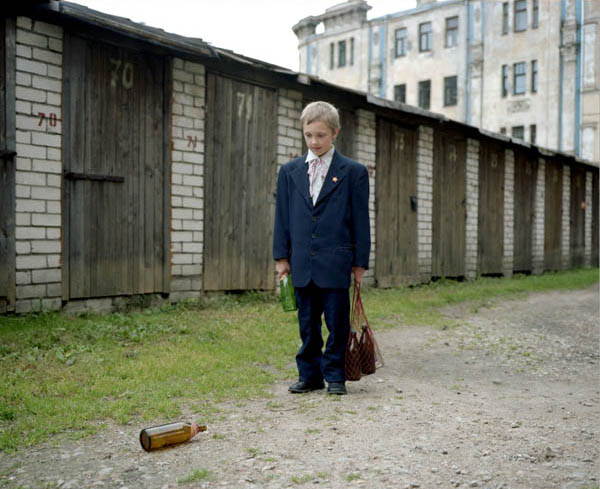
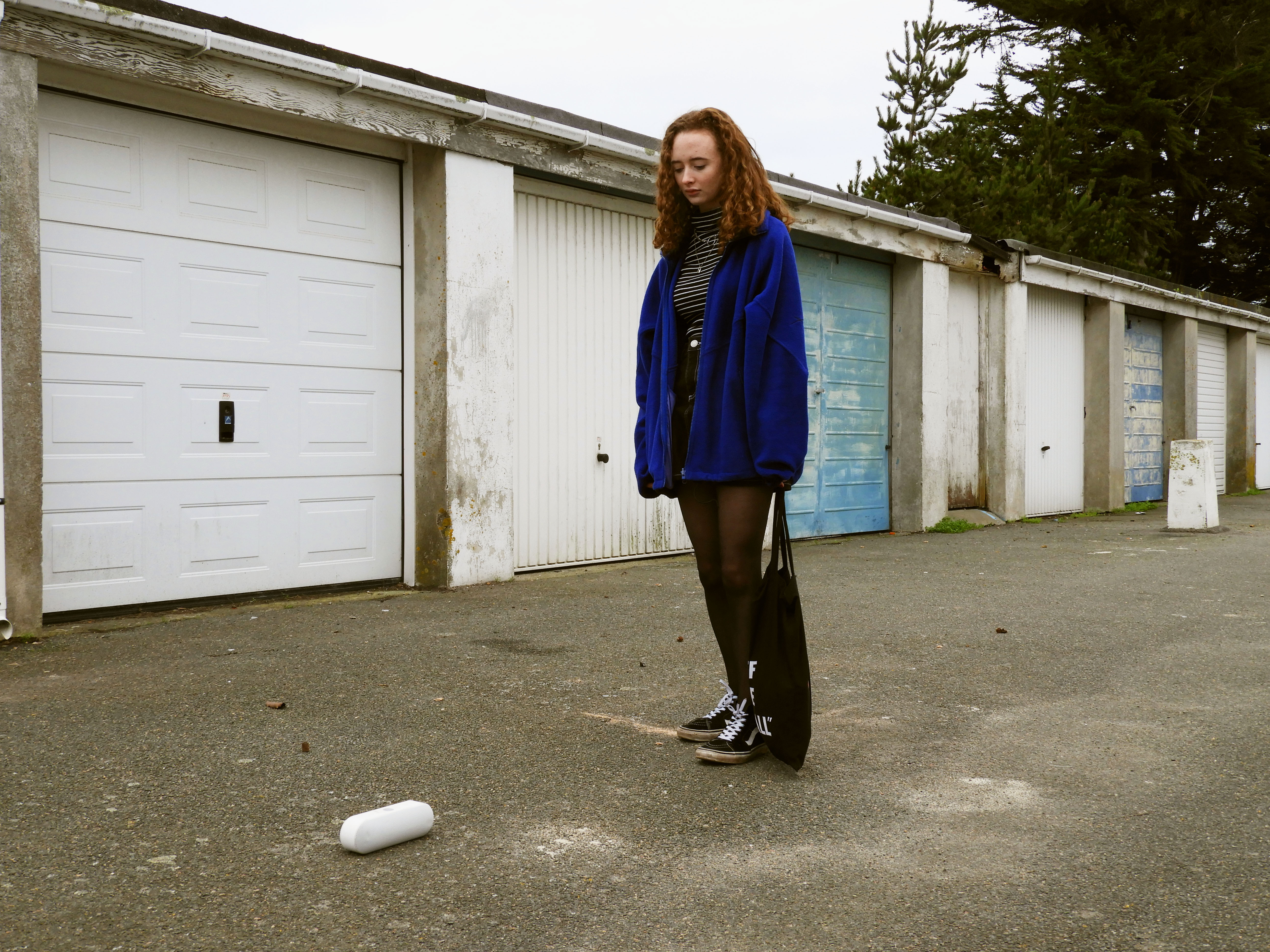
VISUAL ANALYSIS OF IMAGES –
VISUAL –
The image overall has a very gloomy and depressing mood around it. The depiction of a small child (recreated by a model which is also quite child like), looking at the empty beer bottle is synonymous with the prevailing alcohol abuse problem in Eastern Europe. The environment, which is worn and old, also suggests poverty and shortage of necessities for the child, almost using the beer bottles as toys. The child portrays sadness and loneliness. To put a modern twist on my own imagery, the glass bottle has been replaced with a speaker, as this is representative of the technology reliant youth of today. The weathered and old garages in the back of the image nicely contrast the main subject in the foreground by disturbing the repeating pattern. In order to have some similarities with the original image, the model is wearing a bright blue jacket, which immediately draws in the viewers eye to the center of the image. Both images can be split up with the rule of thirds, where the subject is situated in the middle of the image. The upwards facing power play between the camera and the model makes her seem a lot taller than reality, giving some power to the subject. The neutral expression of the model also creates a theme of confusion and mystery in the image as the viewer is not clear on what the subject is feeling. The direction in which the subject is looking at, leads also the viewers eyes down to the ground where the speaker is (situated in the bottom left third of the image). The overall color scheme of the image is dull and neutral, being mostly made up of subtle blues and grays.
TECHNICAL –
This photo was taken during late morning, on a cloudy overcast day. I especially chose this day due to the fact that this is what resembled most in the photo I was trying to recreate. I set the white balance of my camera to the “cloudy” setting in order to achieve well balanced images. As it was a cloudy, yet still bright day, I turned down the ISO of my camera down to 200 to avoid the image being overexposed. As this was a very staged image, and the subject was standing still, I chose to use a tripod to make sure the image is crisp without any motion blur, due to this I kept my aperture mid way at 1/125 as I wasn’t concerned with the camera moving. I had a very clear idea of the positioning of the model and the prop therefore I first angled my camera and refereed to the original image for guidance. After a couple of shots, I was confident in the final image therefore contact sheets for this photo shoot weren’t necessary.
CONCEPTUAL –
The main objective of this photo shoot was to make sure that what I was recreating conveyed similar visual elements as the original image, using a model of a small stature and an environment which is very similar as the original. Of course as I am not the original photographer, not in the same environment, I have had to adapt and make do with the resources I have resulting in the differences seen in the image. I wanted to convey a different social issue which affects us here in Jersey, relating to our environment and society, with the presence of the speaker on the ground. Representing how technology dependent the youth is, looking to it for guidance, happiness and companionship. This effecting social skills and the way in which children grow up and interact with one another.
CONTEXTUAL –
At the end of the 1980s all the countries of eastern Europe and the former Soviet Union enjoyed relatively high levels of human development and social welfare. Extensive social investments during the period of communist rule meant that literacy was almost universal, and well above other countries with comparable levels of per capita income, and life expectancy averaged 68 years. Unemployment was unheard of and – at least officially –poverty did not exist. Few commentators could have foreseen that the process of transition towards market economies and democratic governments would have been so tumultuous and accompanied by such high costs in terms of individual well-being, particularly among the countries of the new Commonwealth of Independent States (CIS). The collapse of economic output in many of these countries following independence, along with hyperinflation that wiped out individual savings, resulted in a dramatic drop in living standards for the majority of people and the emergence of poverty as a major issue within the region. Increasing poverty leading people to alcoholism and the use of it in daily life.
Nearly all the top 15 biggest drinking nations are in Central or Eastern Europe. Poverty and the harsh climate, particularly in Russia, play a part, as does the tradition of drinking. “Where it’s extremely cold it’s not uncommon for people to drink all day long,” said Val Smith, president of International Wine and Spirits, which provided the data on per-capita alcohol consumption.
And particularly in agrarian regions; farmers often produce their own home brews from anything ranging from potatoes to sugar beets, making alcohol very accessible and very cheap, said Smith. This also makes per capita consumption hard to measure, with official figures sometimes well below actual consumption rates.
source: https://www.unece.org/fileadmin/DAM/ead/pub/041/041c7.pdf

